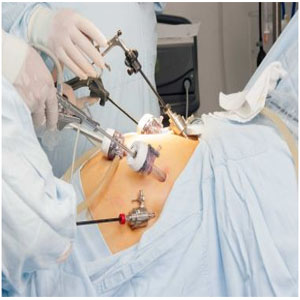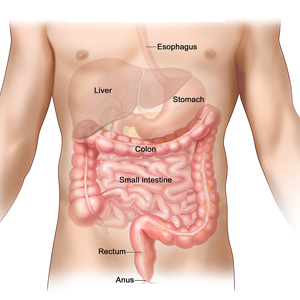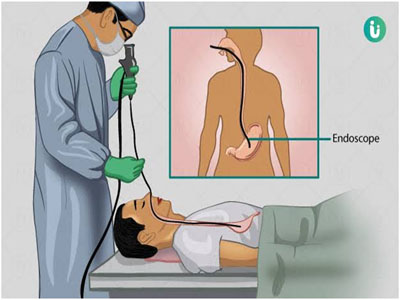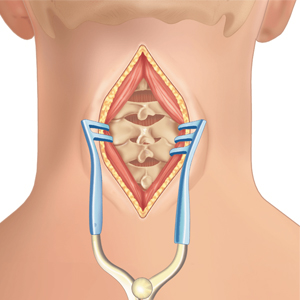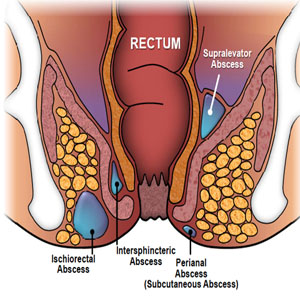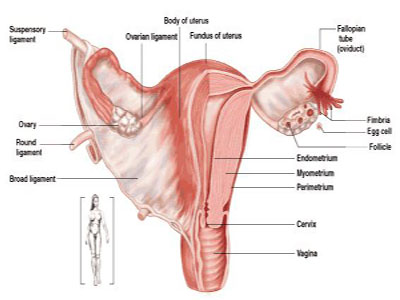About Dr. Pramod Rajbhoi
MS SURGEON, KEM MUMBAI,
LAPAROSCOPIC & ENDOSCOPIC SURGEON
Dr. Pramod Rajbhoi is an advanced Laparoscopic & Endoscopic Surgeon in Satara with experience of 14 years. He has completed MS (Surgery) at Seth G.S.Medical College & K.E.M.Hospital Parel, Mumbai. He has worked as an Assistant Professor at the Department of Surgery at KEM Hospital Mumbai.
He is a Life Member of:
1) Life member of Indian Association of Gastrointestinal & Endo Surgeons of India. (IAGES)
2) Life member of Association of Surgeons of India.(ASI)
3) Life member of Association of Colon & Rectal Surgeons of India.(ACRSI)
4) Life member of Association of Breast Surgeons of India.(ABSI)
Services
Best treatments Offered by experienced Surgeon-Dr Pramod Rajbhoi.
What Our Patients Say
I have always been able to talk to the doctor and my problems resolved. Coming here is like dealing with a trusted family. Would not consider changing doctors.
FAQ
A type of surgery in which small incisions are made in the abdominal wall through which a laparoscope and other instruments can be placed to visualize organs within the abdomen and pelvis. A variety of probes or other instruments can also be pushed through these small incisions in the skin. In this way, a number of surgical procedures can be performed without the need for a large surgical incision.
Examination of the inside of the body by using a lighted, flexible instrument called an endoscope. In general, an endoscope is introduced into the body through a natural opening such as the mouth or anus. Although endoscopy can include an examination of other organs, the most common endoscopic procedures evaluate the esophagus, stomach, duodenum, and colon.
- Upper GI scope or Gastroscopy
- Colonoscopy
- Capsule endoscopy
- ERCP
- The risk of bleeding during surgery is reduced because the size of the incision made is so much smaller than the large incision that is made for open surgery. This reduces the likelihood of a blood transfusion being needed to compensate for blood loss.
- The smaller incision size also reduces the risk of pain and bleeding after surgery. When a large incision has been made, patients usually require long-term pain relief medication while the stitch-line heals. With laparoscopic surgery, the post-surgical wound is much smaller and the healing process much less painful.
- The smaller incision also leads to the formation of a significantly smaller scar after surgery. In cases where the surgical wound is larger, the scar tissue that forms is more likely to become infected as well as being more vulnerable to herniation, particularly in overweight and obese patients.
- Exposure of the internal organs to external contaminants is significantly reduced in laparoscopic surgery compared with open surgery, therefore reducing the risk of post-operative infection.
- The length of hospital stay required is significantly shorter with laparoscopic surgery, since healing is so much faster. Most patients receive a same-day or next-day discharge and can return to their normal everyday lives much more quickly than after an open surgery procedure.
Piles are mainly the swollen blood vessels while fissures are kind of cracks and fistulas are an opening of a cavity. Piles are mostly painless and unnoticeable. Fissures cause a lot of pain. In the case of fistulas, pus is discharged out of the anal area.
“Health is the most important thing you have in life!”
Contact us now to schedule an appointment.



